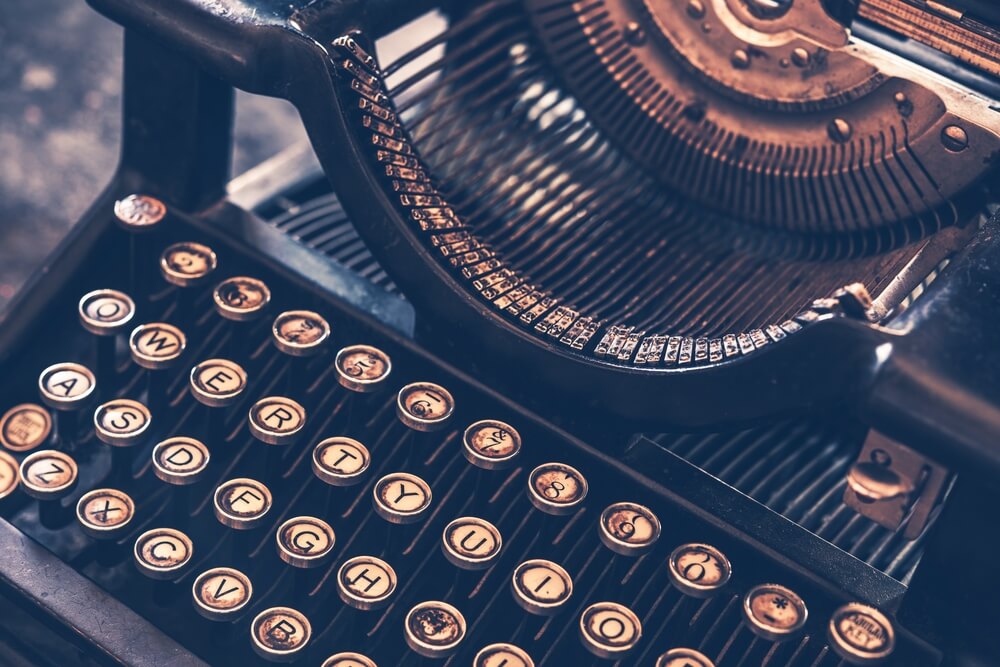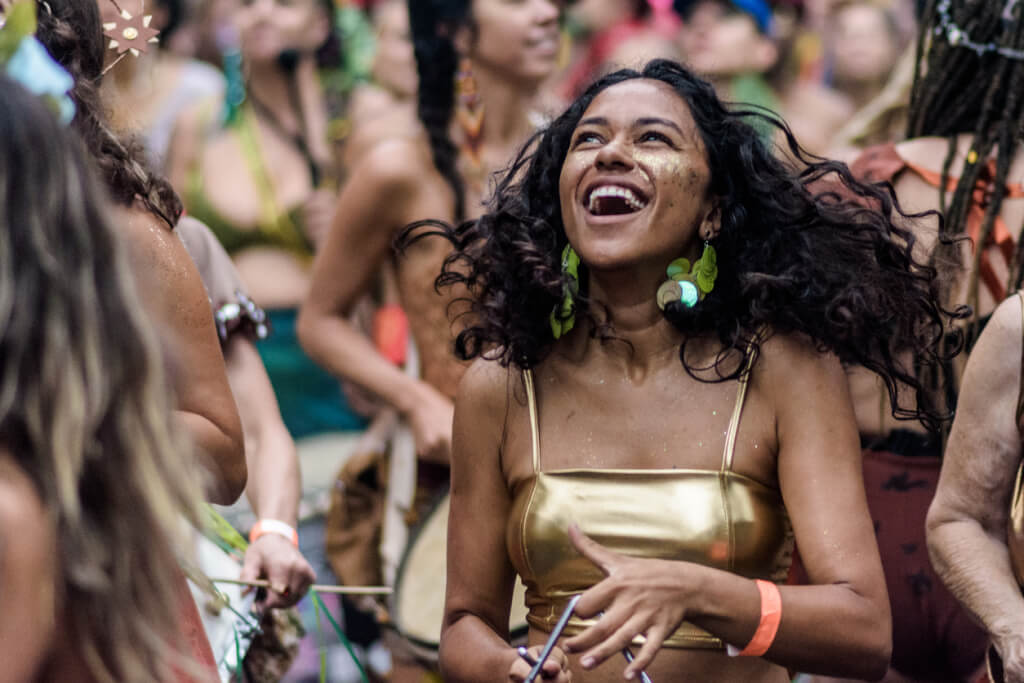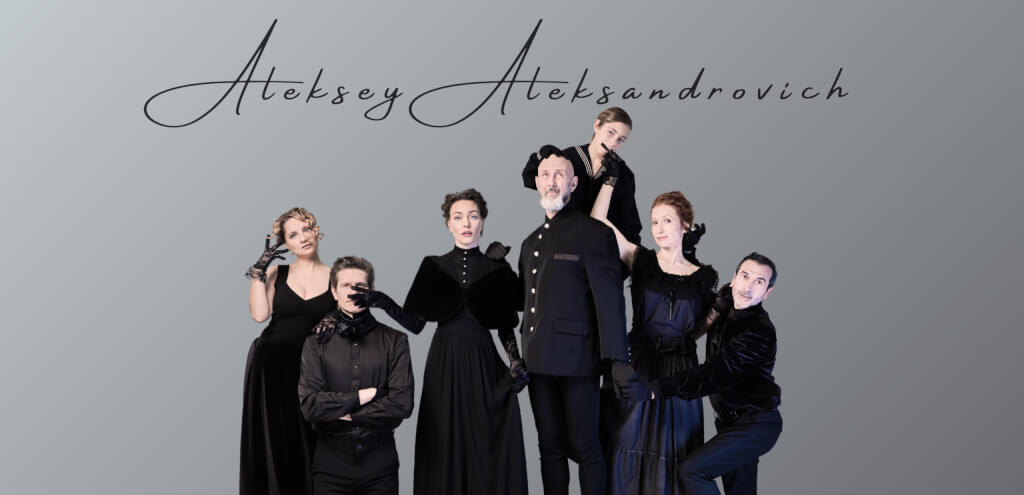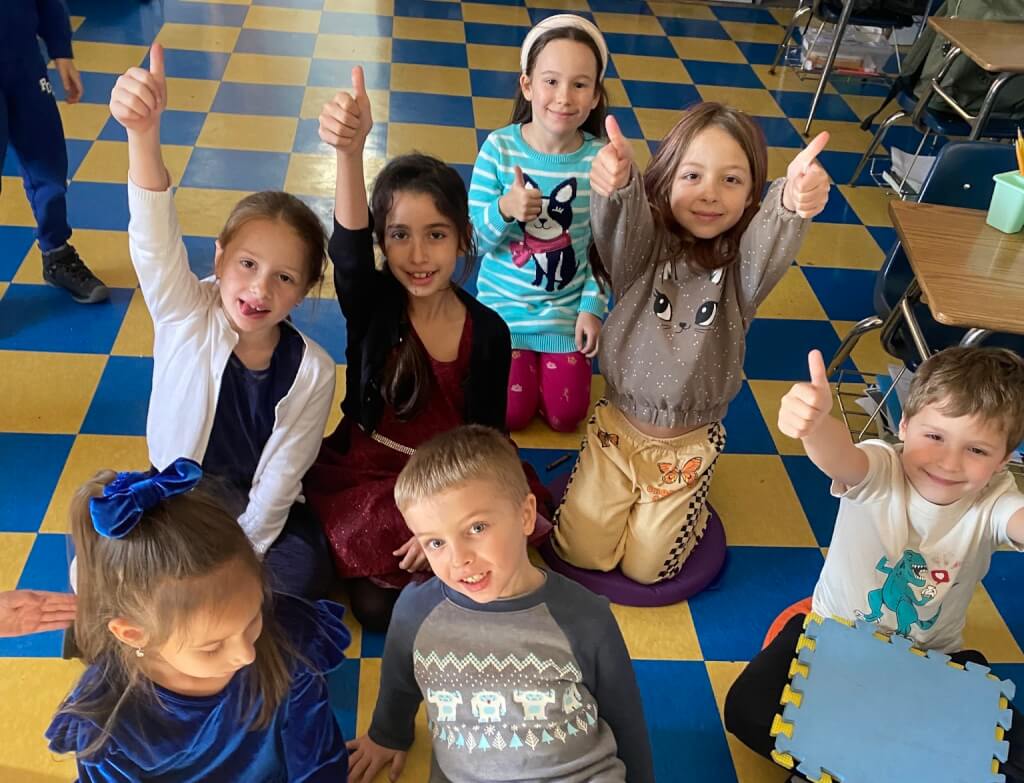Brodsky and Dovlatov: what a trace Russian literature has left in New York
'02.06.2021'
Olga Derkach
In the truly great city of New York, you can visit the David Burliuk Gallery, meet a memorial plaque on the house where Joseph Brodsky lived, and find Sergei Dovlatov's passage. Three different, but so similar stories about immigrant writers who left a legacy on the city map, told the publication "Culture".

New York - the outskirts of a great empire
In the XNUMXth century, several centers of Russian culture were formed outside the Soviet Union. The most distant of these was New York: journalist and writer Peter Weil called it "the outskirts of a great empire."
The first wave of immigration began in the 1870s, when peasants and workers went to America in search of work. The second stage, according to historians, began in connection with the emerging disagreements between people and the Soviet regime — in 1919 and continued until 1941. The third wave began in 1945 and lasted until the 1970s. At this time, people immigrated already with a variety of motives: some tried to find a better life, others were attracted by the spirit of freedom, and still others could no longer stay and work in their homeland.
In New York, immigrants from Russia preferred to live close to their compatriots. So in the 1970s, the "Russian regions" began to form: Brighton Beach and Sheepshead Bay in Brooklyn. Russian-language schools, publishing houses and newspapers began to open here.
It is noteworthy that it was possible to live and work comfortably in the city without any knowledge of the English language, surrounded by the Russian-speaking diaspora. However, some immigrants learned English and became a part of the cultural life of the city: they presented paintings in large galleries, took part in the action of the New York subway and were published in The New Yorker magazine. The names of three Russian writers can be found on the map of New York even now.
David Burliuk: home and studio on Long Island
Back in 1920, the poet and artist David Burliuk decided to leave Russia, taking his family. He first went to Japan, then moved to the United States, settling in New York. He recalled about the adventures during the move: “I and Marusya with our two young sons, by the grace of fate, found ourselves in the USA, on the crazy Manhattan rock in New York on September 8, 1922 - without money, acquaintances and language”.
On the subject: Joseph Brodsky's birthday: memories of loved ones about the poet's life in New York
The first time after the move, David lectured on "life, business and construction in Lenin's country" for the Russian-speaking residents of New York. But soon he learned English and started making money from translations. At the same time, he was very interested in literary life at home. In 1923, Burliuk took up the position of a permanent author in the newspaper "Russian Voice", where he published the latest news from the world of literature in Russia, the poems of young futurist poets, which no one had ever heard of in the United States.
Districts and streets of New York became full-fledged heroes of Burliuk's paintings and poems. He described his relationship with the city as follows:
New York has a plug-in eye
Looks at them Hudson in the back
He shakes his beard
Having accumulated mud on your mind.
New York became my younger brother
We often play ball
In a skyscraper with a balloon
No gimmicks and recoil.
David was very fond of traveling. Together with his wife, he visited Australia, Great Britain and even the USSR. They spent every winter in the 1940s and 60s in the American South, Florida. In the summer, the couple returned to New York to work at the Burliuk Gallery, an up-and-coming gallery on the family home on Long Island. There, the family arranged poetry readings, exhibitions and dances.
In America, Burliuk became famous more as an artist and publisher, but not as a poet. He really did a lot of painting, acted as an organizer of exhibitions, published a bilingual magazine "Color and Rhyme" (Color and Rhyme), where he published works of futurists. He also founded the Hampton Bays art group, named after the New York county in which he lived.
The paintings of the talented artist were present at exhibitions of the Brooklyn Museum, the Carnegie Institute, and the Roerich Museum. Burliuk most closely collaborated with the New York association ACA Galleries, where 15 personal exhibitions of David took place.
In 1967, David Burliuk was posthumously awarded the title of a member of the American Academy of Arts and Letters. Today his paintings are in the collections of the Metropolitan Museum of Art, the Art Museum of Chicago and the Smithsonian Museum of Art in Washington. The place where the artist lived, as well as his studio, where new masterpieces were created, are perfectly preserved and belong to his relatives.
Joseph Brodsky: scholarship fund and plaque in Brooklyn
Joseph Brodsky immigrated to the United States in 1972. He originally settled in the city of Ann Arbor in the northeast of the country. There he received an offer to take the position of "poet-in-residence" at the University of Michigan - to become a teacher of literature and lead creative workshops for students. On this occasion, Joseph wrote: “The fact that America for me began not from a big city, but from a province, from Ann Arbor - I was extremely lucky. Start with at least English. <…> If I had got to New York right away, it would have been different. "
When the writer moved to Michigan, he practically did not speak English. To learn it, Brodsky was engaged in the translation of poetry with a dictionary and tried to communicate more often with students. Literary critic Lev Losev wrote that this time in the poet's life could be compared to "how children were taught to swim in the old fashioned way - they were thrown into the water: swim out."
By the late 1970s, Joseph was already able to write in English and publish his own works in that language. During his lifetime, he published four English-language collections of poems and several essays. One of them, "Less than one", has been called by critics "the best prose in English in the last few years."
On the subject: Ten places in New York with Russian history
In 1981, the poet decided to move to New York, as this city reminded him of his native Leningrad: a beautiful river, countless bridges and streets that overlook the bay. Joseph rented an apartment in Manhattan, on Moreton Street. He described his new home like this: "Apparently, I will never return to Pestel (the street where Brodsky lived in Leningrad - ed.), And Morton Street is just an attempt to avoid this feeling of the world as a one-way street."
The writer lived in New York for 15 years. During this period, he managed to become a part of urban culture and one of the first poets who were invited to participate in the action of the New York subway "Poetry in Motion". As part of this program, quotes from the poet's poems were posted on buses and metro trains. In 1986, Brodsky spent part of his money on the opening of the Russian Samovar restaurant, which, by the way, is still open to this day. This place serves as the center of attraction for all Russian-speaking immigrants.
The wall of the house where Joseph Brodsky lived is decorated with a memorial plaque, which is a rather rare practice in the United States. The city also has a Brodsky Memorial Scholarship Fund, which financially supports Russian-speaking poets and artists.
Sergei Dovlatov: travel in Queens
New York is the only city in the world to have the passage of Sergei Dovlatov, "a Russian immigrant with a sense of American humor," as the writer Joseph Heller put it.
Dovlatov arrived in the United States in February 1979, where his wife and little daughter, who had moved a year earlier, were already waiting for him. Later, Dovlatov recalled: "I left to become a writer ... <...> If I had been published in Russia, I would not have left."
Unlike David Burliuk and Joseph Brodsky, Dovlatov did not write in English, but found a translator, Ann Friedman, who worked with his texts. In the mid-1980s, the poet received an offer to collaborate with the New Yorker magazine. So Dovlatov became the second Russian-speaking writer after Vladimir Nabokov, whose text was published on the pages of the publication.
Such an event in the life of the writer was a huge achievement. Writer Kurt Vonnegut joked in a letter to Dovlatov: “I love you too, but you broke my heart. I was born in this country, I served it fearlessly during the war, but I never managed to sell the story to the New Yorker. And now you come here and - bang! - your story is immediately published. "
In The New Yorker Sergei Dovlatov published 10 short stories and 14 Russian-language works, including Compromise, Suitcase, Zone, and Zapovednik. And also - the story "Inostranka", which takes place in the Queens area, where the author lived. “Our area stretches from the railway line to the synagogue. A little to the north is Meadow Lake, to the south is Queens Boulevard. And we are in the middle. 108th Street is our central highway. We have Russian shops, kindergartens, photo studio and hairdressing salons. There is a Russian travel agency. There are Russian lawyers, writers, doctors and real estate dealers. There are Russian gangsters, madmen and prostitutes. There is even a blind Russian musician, ”he wrote.
In 2014, the name of the writer was immortalized on the map of New York: the intersection of 108th Street and 63rd Passage, where the Dovlatov family lived, was renamed Sergei Dovlatov Way at the initiative of local residents.







